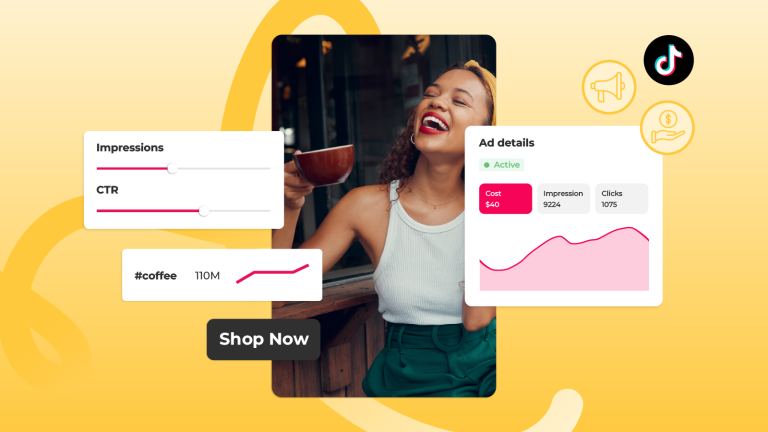Social Media
Success in the digital world is no coincidence. The right strategy is shaped by the right data. Google Analytics is one of the most powerful tools that allows digital marketers to access this data. Information such as who the users are, where they come from, where they click, and how long they stay forms the foundation of strategies. So how do you create a roadmap with this data?
1. Know Your Target Audience
With Google Analytics, you can access demographic information such as age, gender, interests, and location of users visiting your website. With this information, you can better define your target audience and shape your advertising campaigns and content strategy accordingly.
2. Analyze Traffic Sources
Organic search, social media, email, direct traffic… Knowing which channels users come to your site through allows you to see which mediums are working more efficiently. Based on this analysis, you can distribute your budget and resources more strategically.
3. Identify the Most Popular Content
Google Analytics shows in detail which pages are visited the most and how much time users spend on these pages. With this data, you can discover which content really works and focus on similar content.

4. Reduce Bounce Rate
Visitors leaving your site immediately after entering indicates a problem with user experience. By identifying which pages have a high bounce rate, you can make content adjustments or improve user flow.
5. Track Goals and Conversions
Analyzing conversion rates through goals defined in Google Analytics (e.g., form completion, purchase, newsletter signup) helps you measure the success of your campaigns. Knowing which sources provide more conversions gives you a big advantage in budget planning.
Google Analytics data is the key to developing data-driven strategies instead of random decisions. Proper analysis makes a difference in digital marketing.
For information about Marker Groupe’s services, you can contact us through the MarkerGroupe.com website or via email at hello@markergroupe.com.




